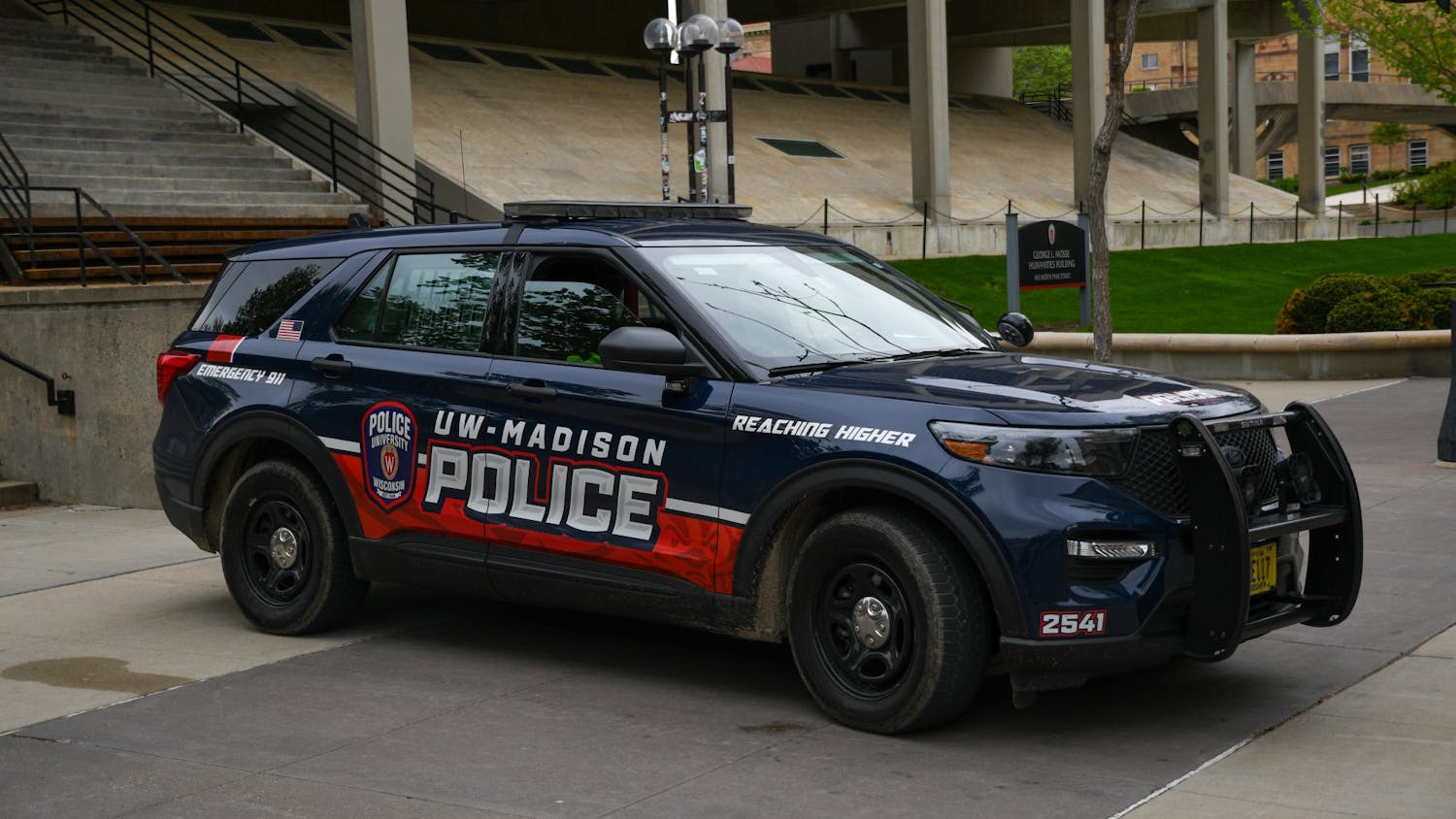The relative unemployability and uncertainty associated with degrees in the humanities has been a popular trope for decades. It used to be the business of the philosophy major’s parents to try to steer their child toward computer science, but now state legislatures are doing their part to influence students’ career choices.
State governments incentivize institutions to produce a greater number of graduates with high-demand degrees through performance-based funding. Thirty-two states have adopted some form of this funding model for higher education over the past few years, according the National Conference of State Legislatures.
In Wisconsin, this model has been in place at technical colleges since 2013 but has not yet been adopted by the UW System. By the end of 2017, 30 percent of funding for the Wisconsin Technical College System will be based on nine performance metrics derived by the state, including the number of degrees awarded in high-demand fields like engineering and computer science.
Peter Dettmer, robotics and automation instructor at Madison College, is familiar with the new funding model and has seen growth in his program since its inception.
“We are aware of where the money comes from and what is important to focus on,” Dettmer said. “I think it's a good measurement that will help different colleges to focus on certain areas so that they can get the funding they deserve.”
The performance-based approach works with the market-driven nature of technical colleges, but some four-year institutions across the country are also beginning to be funded by this model. Governors in Kentucky and Florida have discussed limiting financial aid to students who major in high-demand degrees, directly disadvantaging those in liberal arts programs.
This national shift carries reason to wonder about the future of liberal arts at UW-Madison.
“What bothers me about some of this is that people in positions of power are deciding what you should major in,” said UW-Madison history professor John Sharpless. “It’s one thing to offer advice … but to actually have disincentives in place for people who want to study the humanities is just plain mean and arbitrary.”
Dettmer, who has experienced success with performance-based funding, agreed the model may not bode well at a place like UW-Madison.
“For now, it’s more applicable to tech schools than it is for four-year universities just because the focus there is not as much directed at immediate employment but more of a broader, often research-based approach,” Dettmer said.
It has long been the tradition for UW-Madison to provide students with an assortment of skills and wide range of knowledge so that they may not only become skilled workers, but also good citizens and lifelong learners.
Mechanical engineering and computer science student Micaela Connors acknowledged that having a background in courses like philosophy and English is not just beneficial for people on the liberal arts side of campus, but it is crucial for students in her major as well.
“No matter where you are in your field—even if you're really smart—if you can't communicate what you're thinking or what you want to do, you're never going to be able to do it,” Connors said.

Sharpless, a traditionally outspoken supporter of free market enterprise, said it is surprising to him that his fellow Republicans are the ones to jump so freely to place restrictions on education.
“The market will take care of this. Stop mucking around,” he said. “If students really begin to perceive that there is a detriment to taking non-science fields, they'll move that direction. It's not up to governors and legislatures and regents to force that. Let it happen.”
If a state wants to control the interests of its students, telling them what to major in as they enter college is too late, according to Sharpless.
“If we really want to increase the number of engineers and computer scientists, it's probably not at this level that it should be done,” he said. “We should be looking at grade school, when people's attitudes about knowledge are being formed.”
Dettmer found that in presenting to students from this younger generation, the future of STEM education may even be a more integrated approach, one that could help bridge the divide between arts and technical skills.
“Right now there's still a high demand for the true technical, mechanical engineering-based workforce,” Dettmer said. “But over time, I think it’s going to transition more into incorporating the critical thinking skills from the liberal arts side and other ways to help drive innovation.”






